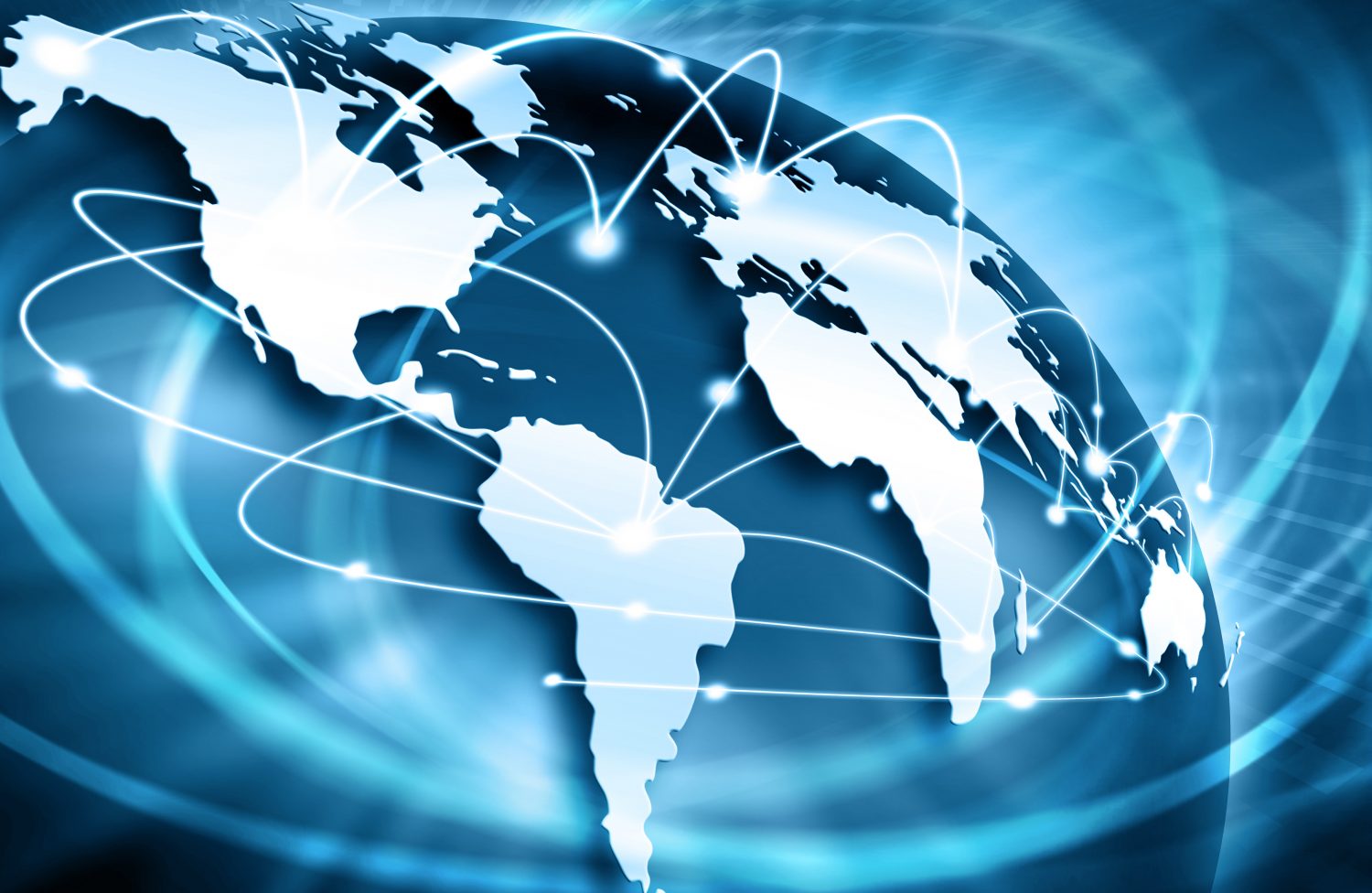The organization structure is an approach that helps and guides in organizing the employees of the organization into a structured and organized pattern for better coordination and communication. The structure in a multinational company defines the architecture of the business competence, functional relationship and management function. It helps in reducing confusion in the business environment and also supports in carrying out the business function smoothly and efficiently. The organization structure is affected by various internal and external factors which are also known as the organizational environment since organization works around these factors and the environment. The organizational environment consists of all those factors that influences the organizational working and thus can also influence the organizational structure since in each country and geographical areas the organizational environment would change. The external organizational environment that would influence the organizational structure is the economic, political and legal, socio-economic, technological and natural factors. All Continue reading
International Business Basics
Transnational Strategy in International Business
Over the years, several companies have decided to carry out their business activities in overseas markets and hence, have expanded as international or global businesses in efforts to be known as multinational enterprises (MNEs) and enjoy the perks of being a global business. In order to come up with strategies for entering and sustaining in international markets, companies invest a lot of time, effort, and money, and yet many do not succeed in their international business planning and/or execution. We can come across several big names that have been unable to prove themselves successful in the international market such as Walmart, Starbuck’s initial launch in Australia, and Amazon in China. These examples depict that managing international operations is a challenging task for any business and therefore, not every business has the capability or the resources for it and some just do not have enough knowledge. Companies can benefit from global Continue reading
Modes of Entry into International Business with Advantages and Disadvantages
The different types of entry modes, to penetrate a foreign market, arise due to globalization. The latter has drastically changed the way business conduct at international level. Owing to advances in transportation, technology and communications, nowadays practically every business of any size can supply or distribute goods, services, or intellectual property. However, when companies deal with international markets, it is complicated as the companies must be prepared to surmount differences in currency issues, language problems, cultural norms, and legal and regulatory regimes. Only the largest companies have the capital and knowledge to overcome these complications on their own. Many other businesses simply do not have the means to efficiently and affordably deal with all those variables in foreign jurisdictions, without a partner in the host country. Foreign market entry mode has been defined as an institutional arrangement that makes possible the entry of a company’s products, technology, human skills, management, Continue reading
Make-or-Buy Decisions in International Business
International businesses invariably face decisions about whether they make all or just some of the components used in their final product and therefore buy in from other sources (outsourcing) those components they decide not to make. This make-or-buy decision is related to the degree to which a firm is vertically integrated: that is, the extent to which a firm is its own supplier and market. At one extreme a firm can make all of its own inputs and be its own supplier; at the other extreme, it can buy all its inputs and rely on external suppliers. Partial integration implies that some components are made and others bought. A major benefit of making inputs (backward or upstream integration) is the degree of control maintained over cost, quality and timeliness of delivery. Major drawbacks are the cost of investment and expertise needed to provide these inputs. A benefit of buying is Continue reading
International Marketing Research – Definition, Categories and Process
International marketing managers make the same basic types of decisions as do those who operate in only one country. Of course, they make these decisions in a more complicated environment. As with marketing decisions, the basic function of marketing research and the research process does not differentiate between domestic and multinational research. However, the process is complicated almost exponentially as more and more countries are involved in the same decision. Marketing research practices and techniques have become truly global. For example, the world’s largest research firm, Nielsen, is headquartered in the U.S. but derives almost two-thirds of its revenue from outside the U.S. It is standardizing much of the data it routinely collects in 27 different countries. The main factors which influence marketing research in different countries are; Cultural differences. Culture refers to widely shared norms or patterns of behavior of a large group of people. It is the values, attitudes, Continue reading
Import Process
Importing refers to the purchase of foreign products for use or sale in the home market. Importing involves searching foreign markets for acceptable products and sources of supply, providing for transfer of the product to the home market, arranging financing, negotiating the import documentation and customers procedure, and developing plans for use or for resale of the item of service. Thus, successful importing depends on more than good buying; it requires planning for acceptance of the product and delivery of the promised benefits. The importing firm has the responsibility to determine whether the foreign product or service will meet the needs to the home market. Essentially the import process comprise the following five stages: Determining market demand and purchases motivation. Locating and negotiating with sources of supply. Securing physical distribution. Preparing documentation and customs processing to facilitate movement among countries and organizations. Development a plan for resale or use. 1. Continue reading

